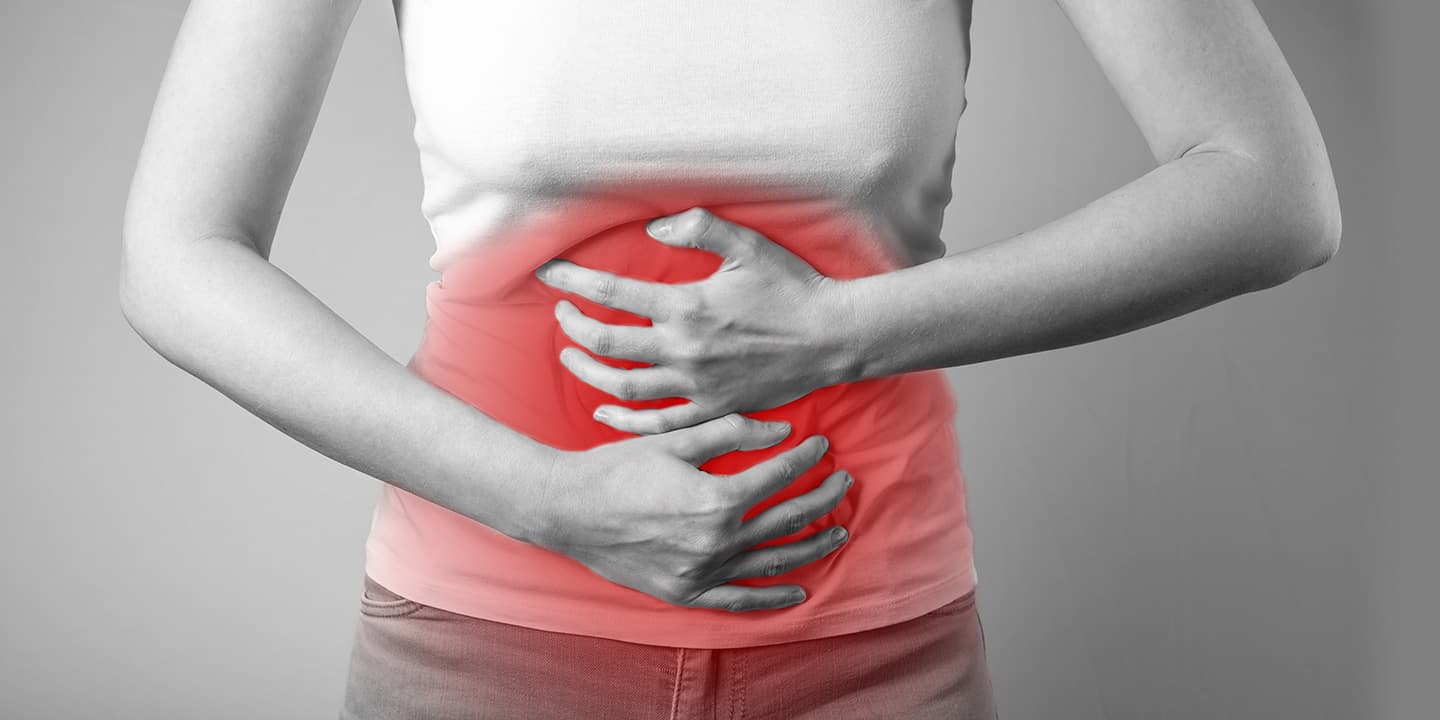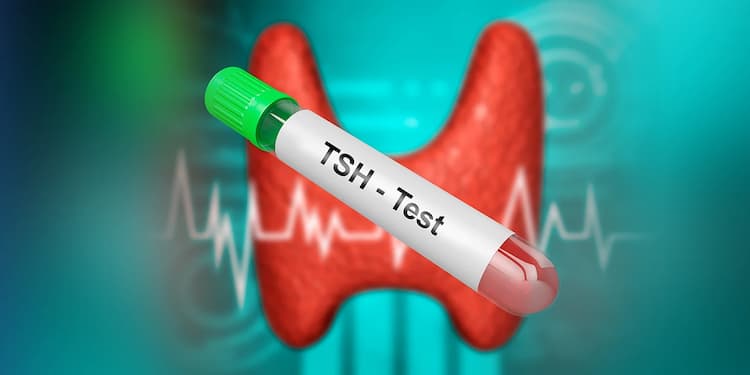Esophageal cancer: symptoms, causes, test, diagnosis & treatment

Medically Reviewed By
Dr Divya Rohra
Written By Srujana Mohanty
on Jun 20, 2022
Last Edit Made By Srujana Mohanty
on Mar 18, 2024

Cancer of the oesophagus is a rare type of cancer affecting the hollow muscular tube that connects the oral cavity to the stomach. This rare carcinoma affects at least 4 out of 1,00,000 people every year.
Esophageal cancer can be of two distinct types-
- Esophageal adenocarcinoma, and
- Esophageal squamous cell carcinoma.
The prognosis of esophageal cancer depends on the type and advancement of the condition. However, each individual is different, and the prognosis also varies on factors such as:
- Where the cancer is located,
- Where the cancer is spread- across organs or other body parts,
- How many tumours are removed through surgery.
However, According to oncologists, people with esophageal cancer can survive up to 5 years irrespective of the detection stage. The survival rate is more than 20%, provided the cancer is detected early and is small.
Incidences show that more men than women get esophageal cancer. With much more information, this article explores everything you need to know about esophageal cancer, its causes, symptoms, diagnosis, treatment, and more.
What is Oesophagus Cancer?
Oesophagus (pronounce- ee·so·fuh·guhs) or the food pipe is a long hollow muscular tube that connects the mouth to the stomach. The food pipe helps easy passing of food and liquids.
And the muscles of the oesophagus contract to help its smooth movement. The specialised muscle of the oesophagus, meaning the gastric sphincter, acts as a valve, allowing foods and fluids to pass from the mouth into the stomach.
Esophageal cancer or Ca oesophagus is when the cells of the oesophagus grow in an unregulated manner or multiply abnormally, they outgrow the esophageal tissues and form a mass of cells called tumours.
There are two main types of esophageal cancer, depending on the type of cells affected.
- Squamous cell carcinoma: As the name suggests, squamous cell carcinoma of the oesophagus develops in the squamous cells- the cells that line the oesophagus. These cancers are majorly present in the upper and middle regions of the oesophagus. It accounts for the majority of esophageal cancers worldwide.
- Adenocarcinoma: Adenocarcinoma of the oesophagus starts in the mucus-secreting glands that are mostly present in the lower regions of the oesophagus. This type of cancer is widely seen in the American population, affecting men more than women.
The tumours from the esophageal lining sometimes penetrate the deeper tissue and muscle layers leading to metastasis of the disease, i.e., it can spread to different organs and tissues. Hence, early detection can help the timely diagnosis and treatment of esophageal cancers.
Oesophageal cancer: What are the causes?
It is indeed difficult to pinpoint one single cause for the onset of cancers. There is no definitive cause for esophageal cancer as well. However, some reasons can trigger its onset, like factors that can be controlled and some that cannot be controlled.
Risk Factors that cannot be changed or controlled
- Age factor: Esophageal cancers are more likely and common among people above 60.
- Men: It is observed that men are three times more probable of having esophageal cancer than women. This can be attributed to environmental and habitual factors men commonly have.
- Ethnic population: Squamous cell esophageal carcinomas are seen worldwide in African, American, and Asian sects, while adenocarcinoma is more predominant among the caucasian population.
- Barrett’s oesophagus: When the tissues or cells of the lower end of the oesophagus alter due to the regular and untreated acid refluxes, people develop Barrett's oesophagus. Severe heartburn, acid outflow, and difficulty swallowing food are some of the common Barrett's oesophagus symptoms, which can have a higher risk of developing esophageal cancer.
- Familial History: People with a family history of Barrett's oesophagus, esophageal cancer, or cancer of the neck or head are more likely to have esophageal cancer.
- Human papilloma virus or HPV: HPV is one of the common viruses that can alter the tissues of the oral cavity, throat, vocal cords, hands, feet, and sex organs that can cause esophageal tumours.
- Other medical conditions: Other health issues likely to cause esophageal cancer include:
- Achalasia- which causes difficulty in swallowing,
- Tylosis- excess skin growths on palms and soles, and
- Extrinsic asthma- asthma can worsen GERD symptoms (Chronic acid refluxes).
Controllable or changeable factors
- Use of tobacco: Tobacco has carcinogens that can trigger cancer growth. Studies have shown the ill effects of tobacco smoke and how indirect or direct tobacco smoke can increase the risk of esophageal carcinoma.
- Alcohol abuse: Chronic alcohol usage is also associated with esophageal cancer risk.
- Occupational exposure to chemicals: Occupational exposure to dry cleaning solutions, pesticides, and other carcinogenic substances for long periods increases esophageal cancer possibilities.
Symptoms of esophageal cancer to look out for
People observe no or minimal symptoms in the early stages of esophageal cancer. However, difficulty in swallowing is one of the early symptoms noticed. As the tumour growth progresses, the esophageal tube gets constricted. And so, swallowing becomes difficult and painful. Some of the other noticeable oesophagus cancer symptoms are:
- Throat pain,
- Pain in the back, chest (behind the breast bone),
- Coughing of blood,
- Frequent vomiting,
- Chronic cough,
- Hoarse voice,
- Unintentional weight loss,
- Heartburn with indigestion issues
Classification of esophageal tumours
Cancers are generally classified into stages depending on their progression and metastasis (spreading). Esophageal tumours classification includes the typical LNM classification, namely,
- T- Location of the Tumour,
- N- Number of tissues and lymph nodes affected,
- M- Areas the tumour has spread, causing Metastatic esophageal cancer.
Tumours spread rapidly and so can be graded on how fast they grow. Grading of esophageal tumours can be like:
- Low-grade tumours- Grow slowly, and the cells look normal.
- High-grade tumours- Grow fast, forming abnormally-looking cell masses. High-grade tumours metastasize faster compared to the low-grade ones.
How is esophageal cancer diagnosed?
If you are experiencing even one of the above-mentioned symptoms, you will need to check with your doctor. The doctor will study your symptoms and medical history before concluding an esophageal cancer diagnosis. Diagnostic evaluations for oesophageal cancer include:
| Diagnostic tests for esophageal cancer | How is the test performed |
| Barium Swallow Evaluation | The patient is asked to drink a liquid containing barium solution that allows easy X-ray view. Special x-rays are conducted to look into the inside of the oesophagus. |
| Esophagoscopy | Endoscopy of the oesophagus is referred to as “Esophagoscopy '' where a small, thin, camera and light-assisted tube is inserted into the oesophagus. The doctor views the inside of the oesophagus by clearing the obstructions, if any.
Since, it is the endoscopy of the upper portion of the digestive tract, it is also known as “Upper Endoscopy”. |
| Biopsy of the esophageal tissues | During esophagoscopy, a small tissue segment of the oesophagus is extracted to be examined for cancer cells under a microscope. |
| Esophageal Endoscopic ultrasound | Ultrasonic waves are used to create images of the esophageal structures. This procedure involves esophagoscopy technique. |
| Esophageal Computed tomography Scan
And Positron Emission Tomography Scan | CT scans and PET scans detect the extent of cancers spread to the chest and abdominal regions. |
How is oesophageal cancer treated?
The treatment approach for esophageal cancer highly depends on the grade and stage of the cancer progression. Some of the possible treatment options that may help people with oesophagus cancer include
- Surgery: Surgery is one of the primary and most common treatment options for esophageal cancer. Majorly used in cases where the cancer is restricted to the oesophagus or a part of the oesophagus, surgery eliminates most cancer cells and the unhealthy tissues around it.
The onco surgeon will also remove the affected lymph nodes near the oesophagus. If the whole oesophagus is removed, a part of the intestine is replaced to preserve its function. And if a part of the oesophagus is removed or a part of the stomach is also eliminated, the stomach is repositioned and the healthy esophageal ends are reattached.
Sadly, only 25% of esophageal cancer cases are detected early and most of the time, surgery is done to relieve patients of the uneasy symptoms.
With minimally invasive procedures, the possibilities of extended hospitalizations are less. But, people who have undergone surgery will need to take care of heartburn issues, stomach emptying problems, and narrowing of the surgical site.
- Radiation therapy: Intense-energy radiation of the radioactive substances destroys or damages the cancer cells by inhibiting their growth and multiplication process. Radiations shrink tumours, while they can be opted after surgery to eliminate the remaining cancer cells and relieve swallowing problems.
- Chemotherapy: Cancer-destroying medications curb or stop the growth of cancer cells. Chemotherapeutic drugs can be administered intravenously or orally, after or before the surgical removal of the affected oesophagus. Chemotherapy is also used in palliative therapy (alleviates symptoms) or can be combined with radiation depending on the condition.
- Procedures to remove early or small tumours: Procedures such as endoscopic submucosal dissection (EDS) or endoscopic mucosal resection (EMR) help remove small cancer and tumours endoscopically.
- Laser therapy: Lasers used endoscopically treat advanced tumours that block the oesophagus. Laser therapy can be a part of palliative therapy and can ease swallowing.
- Photodynamic therapy (PDT): The cancer cells are destroyed using photoactive drugs- medications that activate by non-thermal energy. This therapy helps ease esophageal cancer symptoms.
With advanced research in medicine, novel findings, and clinical trials of new therapies, drugs are on the way.
Frequently asked questions
-
Can esophageal cancer be prevented?
Unfortunately, esophageal cancer cannot be prevented. However, the risk factors such as tobacco usage, alcohol consumption, occupational exposure to carcinogens, etc., can be minimised or controlled, which may reduce the likelihood of cancer.
Also, a study indicates that Barrett’s oesophagus when treated with radiation ablation can reduce the likelihood of esophageal cancer and its recurrence.
-
Is oesophagus cancer genetic?
Esophageal cancer can be due to the genetic predisposition of cancer-causing genes like VSIG10L. It is also seen that 9% of the adenocarcinoma of the oesophagus is due to a family history of Barrett's oesophagus.
-
How does esophageal cancer develop?
As esophageal cancer is linked to Barrett’s oesophagus- caused by acute and chronic acid reflux or GERD (Gastroesophageal reflux disease). According to studies, people with Barrett's oesophagus are 25 times more likely to develop oesophagus cancer.
In Barrett’s oesophagus, the esophageal lining gets ruptured, and damaged, forming esophageal ulcers that can be malignant. Other triggering factors like smoking, alcohol, and genetic factors also contribute to cancer cell growth and proliferation.
Conclusion
Oesophagus cancer global statistics reveal that it is the ninth most common cancer and the sixth leading cause of cancer deaths. Unless detected early, esophageal cancer is a life-threatening condition. In the early stages, the condition shows no symptoms, making it difficult to be diagnosed.
Diagnosis and treatment involve detailed evaluation and removal of cancer-affected tissues and cells while addressing symptoms like swallowing difficulty, heartburn, and indigestion issues. Connect with your health specialist to know more about esophageal cancer.
![Gluten Allergy Test - Price, Purpose, & Result [2024]](/myhealth/_next/image/?url=https%3A%2F%2Fmyhealth-redcliffelabs.redcliffelabs.com%2Fmedia%2Fblogcard-images%2FNone%2Fe94dfe46-8720-40de-854a-deedae3143d1.webp&w=750&q=75)


